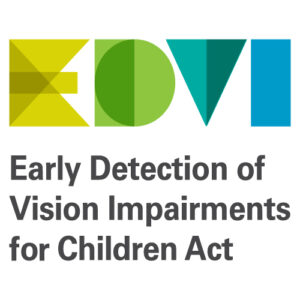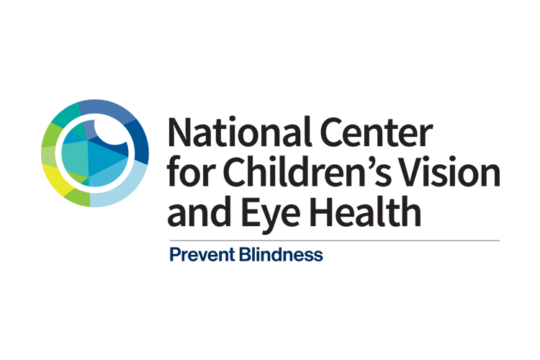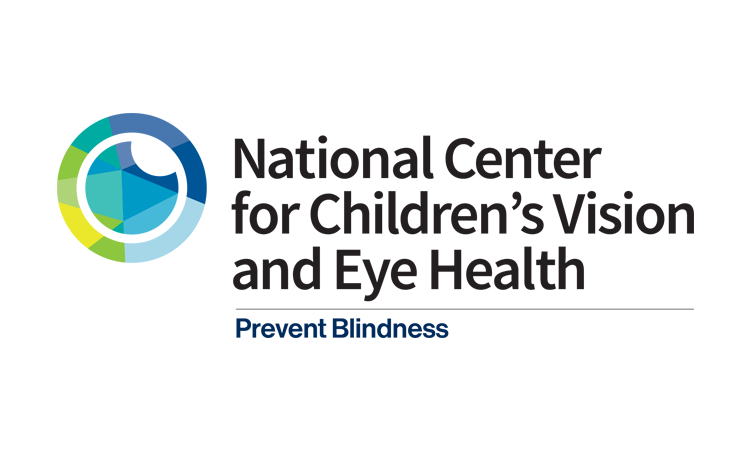Currently, significant disparities exist in children’s vision and eye health outcomes and access to eye care across the United States. State laws to address children’s vision vary widely in approaches and often lack protocols for referrals to eye care providers and documentation to ensure eye care was received. States may also lack the necessary resources to adequately capture data on rates of received eye care, leading to challenges in addressing existing disparities among demographic sub-populations or in rural or under-resourced communities. Thus, without a strong public health system in place, a child’s vision problem may go undetected, undiagnosed, and untreated, leaving them vulnerable to deficits in development, academics, and potential vision loss that follows them into adulthood.
The EDVI Act will provide grants for states and communities to establish, modernize, or improve state-based programs that foster coordinated systems of care for children’s vision and eye health. The EDVI Act also creates a technical assistance center to support states and communities in their efforts to develop systems of care that include eye health education for parents, guardians, and children, observation of signs of possible vision disorders, vision screening, referral to eye care, receipt of eye care, communication between the eye care provider, primary care provider, and early childhood program or school to ensure a treatment plan is followed, data collection, and surveillance. EDVI program grants will allow states and communities to identify needs, develop new systems of care, and document interventions and data systems— all essential for early identification and detection of vision disorders.
It is expected that public health departments, education agencies (state or local), primary care associations, eye care associations, early childhood education and care programs, and schools will all be involved in implementing improvements for early detection of vision disorders.
State Fact Sheets
These fact sheets are designed to serve as an advocacy resource to support the Early Detection of Vision Impairments for Children (EDVI) Act.
































































